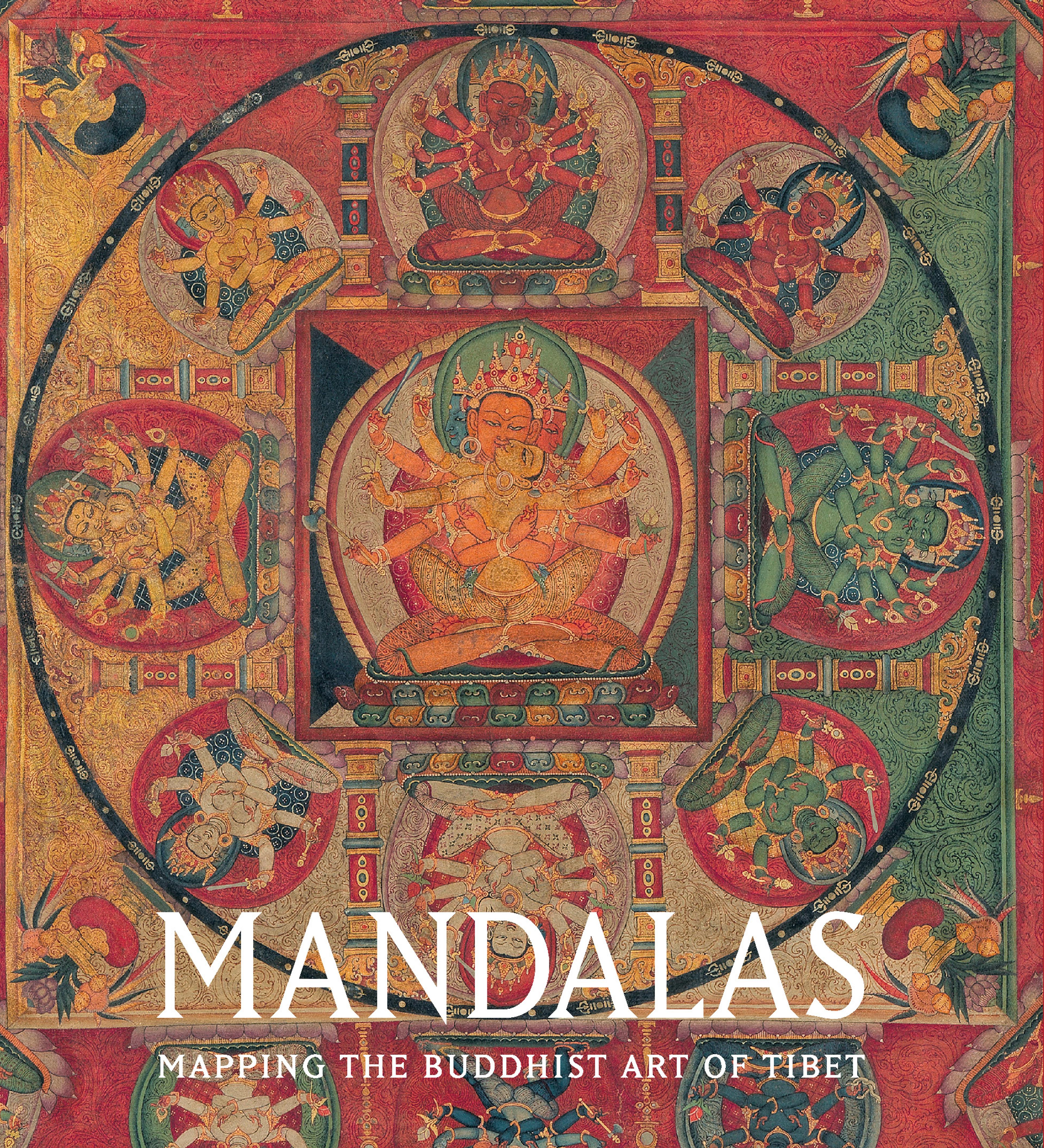Stag Mask
Ritual dances (cham) featuring music have always been an important part of Tibetan Buddhist practice. Stag dances are especially popular during the end-of-year Gu Tor Festival. These performances, dedicated to fierce deities, siphon malignant forces into a torma (a sculpted offering often made of butter and flour). A monk dressed as a stag cuts the torma into pieces, scattering them as he dances to rid the community of hostile forces. The large audiences that attended these dances had to see the stag costumes from afar, so they are deliberately exaggerated—the large eyes and antlers of this mask give the dancer greater stature. The elaborate Chinese silk robe, showing a dragon cavorting among clouds and waves, was likely a gift to a Tibetan monastery.
Artwork Details
- Title:Stag Mask
- Date:late 19th–early 20th century
- Culture:Tibet
- Medium:Papier-mâché, polychrome, gilding, leather, and silk
- Dimensions:14 × 15 1/4 in. (35.6 × 38.7 cm)
- Classification:Textiles-Costumes
- Credit Line:Gift of Mrs. Edward Nis, 1934
- Object Number:34.80.3i
- Curatorial Department: Asian Art
More Artwork
Research Resources
The Met provides unparalleled resources for research and welcomes an international community of students and scholars. The Met's Open Access API is where creators and researchers can connect to the The Met collection. Open Access data and public domain images are available for unrestricted commercial and noncommercial use without permission or fee.
To request images under copyright and other restrictions, please use this Image Request form.
Feedback
We continue to research and examine historical and cultural context for objects in The Met collection. If you have comments or questions about this object record, please contact us using the form below. The Museum looks forward to receiving your comments.
